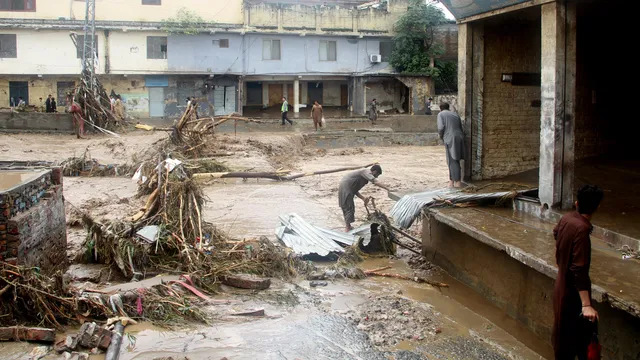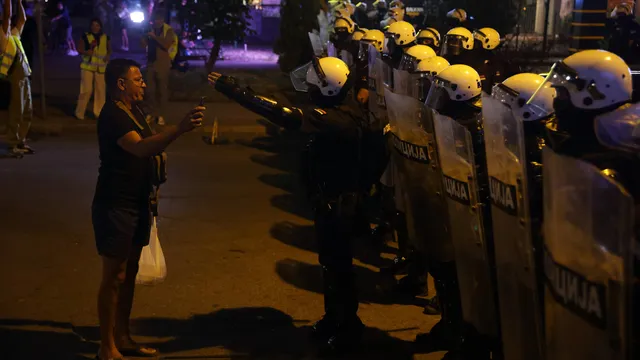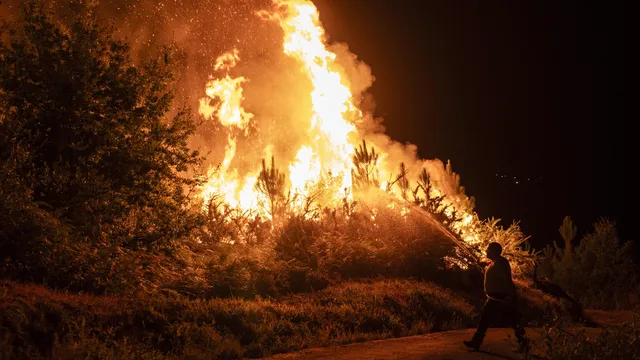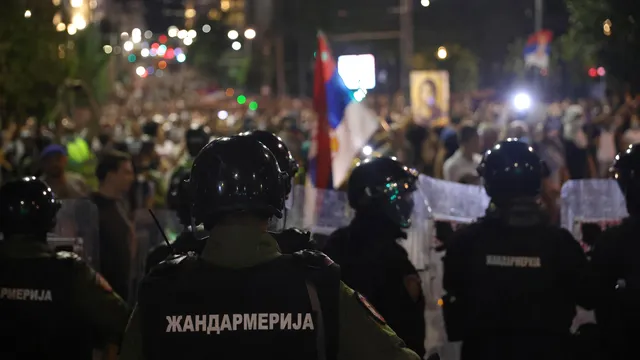Rescue teams in northwestern Pakistan have expanded relief operations after sudden floods claimed the lives of more than 220 people in one area, authorities reported, according to The Washington Post.
The mountainous Buner district in Khyber Pakhtunkhwa province was hit by heavy rains and cloudbursts, triggering flash floods and landslides. Muhammad Sohail, spokesperson for Buner’s emergency services, said that more than half of the damaged roads in the district have already been reopened, allowing vehicles and heavy machinery to reach isolated villages.
Teams are clearing piles of stones and mud deposited by the water, using heavy machinery to remove the remains of destroyed homes after families reported missing relatives. In one of the deadliest incidents, 24 members of a single family died in the village of Kadar Nagar when floodwaters engulfed their home on the eve of a wedding. The head of the family, Umar Khan, said he survived because he was not at home during the flood. Four of his relatives are still missing.
Provincial Chief Minister Ali Amin Gandapur visited Buner and announced that the families of the deceased would receive 2 million rupees (approximately $7,200) each. He specified that tents, food, and clean drinking water are being provided to prevent outbreaks of waterborne diseases.
According to a government statement, Prime Minister Shehbaz Sharif is monitoring relief operations and has ordered the accelerated distribution of aid, evacuation of stranded people, and intensive searches for the missing.
Pakistan’s National Disaster Management Authority has warned of further torrential rains and possible landslides between August 17 and 19, urging local authorities to remain on alert. Monsoon rains, higher than usual, have continued across the country since June 26 and have already caused the deaths of more than 600 people.
Pakistan is highly vulnerable to climate change-induced disasters. In 2022, a record-breaking monsoon killed nearly 1,700 people and destroyed millions of homes. The country regularly suffers from sudden floods and landslides during the monsoon season, which lasts from June to September, particularly in northwestern mountainous areas where villages are often located on steep slopes and along rivers. Experts note that climate change is increasing the frequency and severity of such extreme events in South Asia.
In Indian-administered Kashmir, heavy rains caused floods in two villages in Kathua district, killing at least seven people and injuring five. Rescue and humanitarian operations are currently underway.
In Kishtwar district, teams continue searching for dozens of missing people in the remote village of Chositi, which was struck by floods three days ago. At least 60 people have died in the disaster, around 150 were injured, and approximately 50 remain in critical condition.
Earlier, the floods affected the annual Hindu pilgrimage, during which authorities rescued more than 300 people, and around 4,000 pilgrims were evacuated to a safe location. | BGNES

 Breaking news
Breaking news
 Europe
Europe
 Bulgaria
Bulgaria







